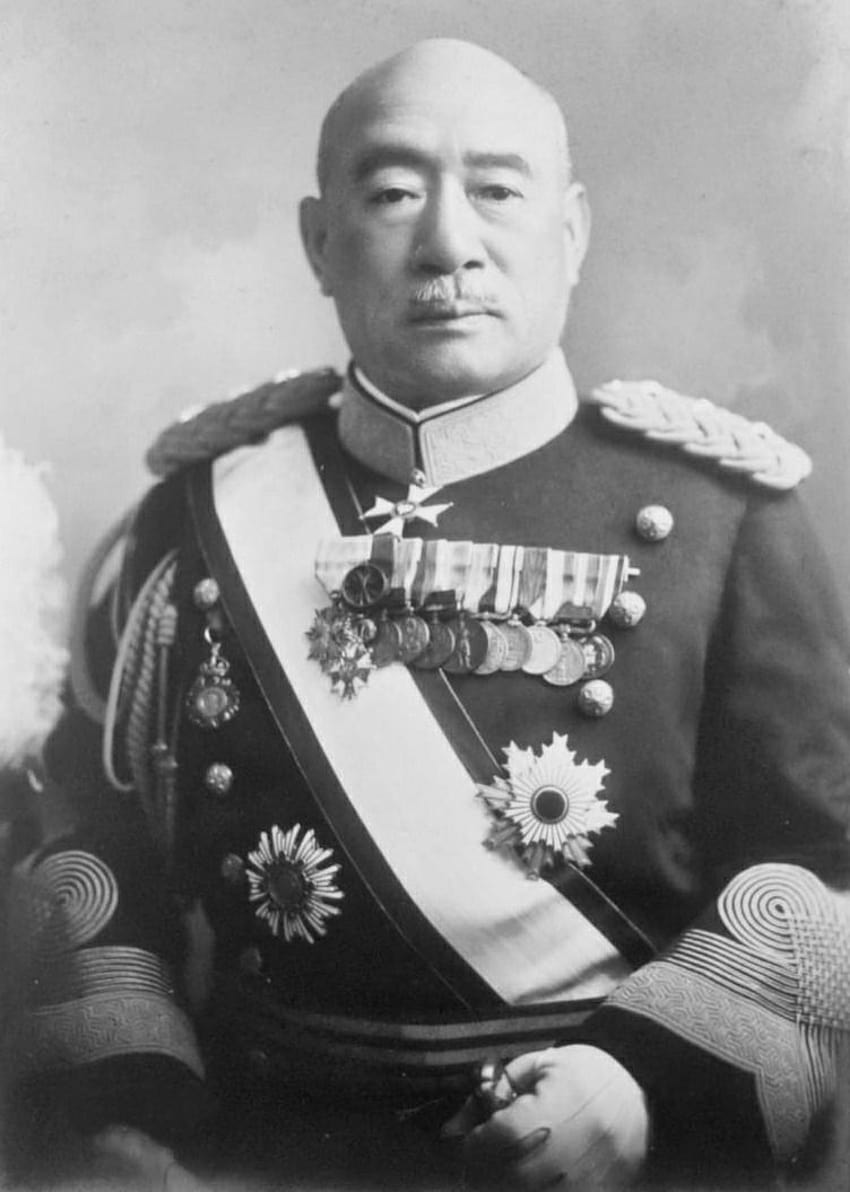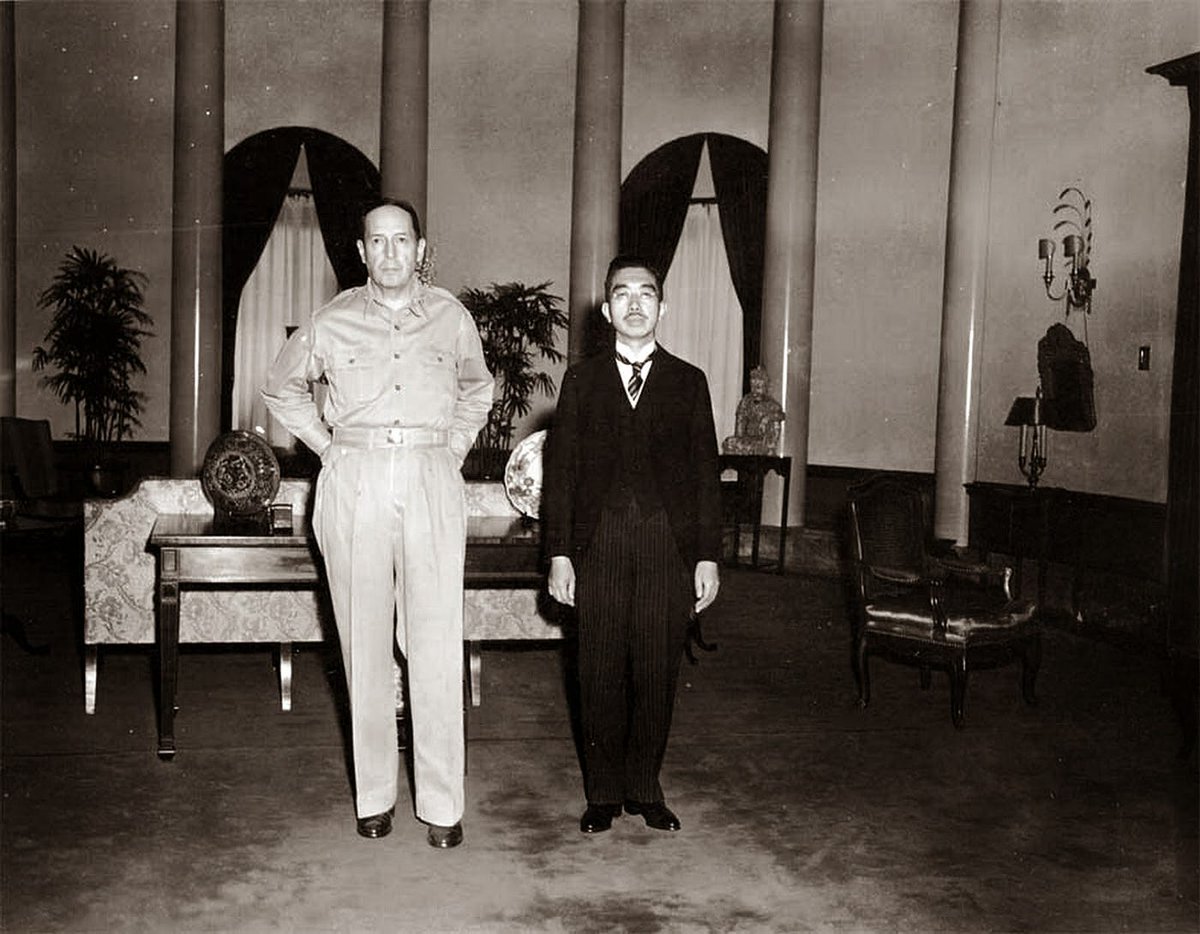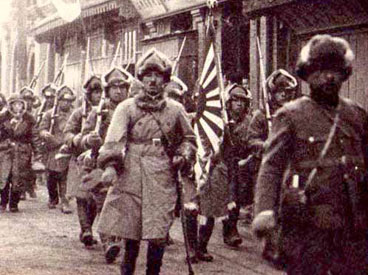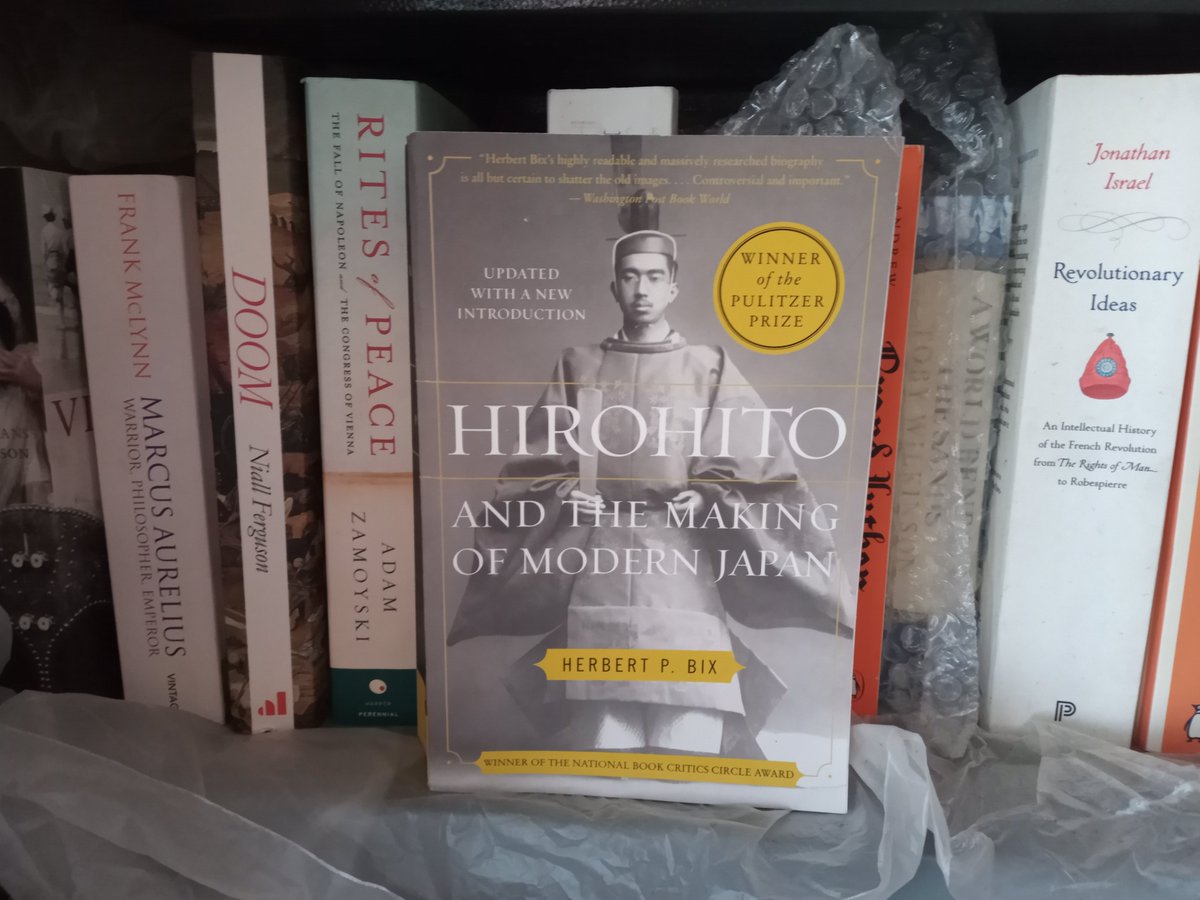In 1971, David Bergamini, a popular science writer, published a bombshell of a book (nearly 1,400 pages) which forcefully threw the mask off Showa Emperor Hirohito by alleging he was no ceremonial relic or dupe of Japanese military but an active warmonger. (1/22) #Japan #History 

Bergamini, born in Japan (but schooled in Hankow, China), had trawled through more than 30,000 pages of Japanese documents and US intel. reports, done 140,000 pages of collateral reading, 272 reference books, 50,000 pages of testimony from the Tokyo war crimes trial...(2/22) 

...5,613 pages of diaries kept by high Japanese officials in his quest to understand what had made the intelligent, artistic Japanese people turn to war. His formidable research revealed Emperor Hirohito and his courtiers had been plotting a war against the West since the 1920s. 

According to Bergamini, Hirohito had inherited from his great-grandfather, the Meiji Emperor a mission, which was to rid Asia of white men. Among his many formidable revelations, he stressed on the 'Sugiyama Memoranda', published by a #Tokyo firm Hara Shobo in 1967.(4/22) 

The memo, jotted by Japanese Chief of Staff Sugiyama Hajime contained verbatim accounts of conversations with Hirohito, which revealed that the Emperor participated in the Pearl Harbour planning a full six months before his official military advisors had wind of it.(5/22) 

The memo, Bergamini claimed, directly refuted statements of Gen. MacArthur claiming that Hirohito had professed ignorance of military and economic matters in 1941 to him. Bergamini's book demolished MacArthur's post-war whitewashing of Hirohito.(6/22) 

Bergamini's heresy - portraying Hirohito as a 'war criminal' and 1930s Japan as a hotbed of manufactured conflicts, conspiracies, assassinations, shadowy cliques - saw the American academic establishment crash down on him like a ton of bricks.(7/22) 

Leading the charge against Bergamini in the NYT was Yale historian James B. Crowley, who lambasted the writer's cavalier handling of sources. "Mr.Bergamini's brief against the Emperor of Japan is completely unsubstantiated by any reliable source, primary or secondary." (8/22) 

Crowley, author of a work called 'Japan’s Quest for Autonomy' (hailed as a 'classic' by his peers), said Bergamini's book was believable "only by violating every canon of acceptable documentation." (9/22)
Professor Charles Sheldon of Cambridge University called it ‘a polemic which, to our knowledge, contradicts all previous scholarly work’. (10/22) 

British historian Geoffrey Barraclough had a more measured view. In a New Yorker review, while he criticized Bergamini's "idiosyncratic" approach, he admitted that he had succeeded, where experts had failed, in opening the general public’s eyes to the role of Japan in the 1930s. 

Barraclough objected that Bergamini had stressed the conspiracy theory and "magnified it to monster dimensions" while "refusing to believe that Japan, unlike Germany, lacked a mastermind pulling the strings and executing a preconceived design, and has in effect, invented one." 

According to Barraclough, Bergamini had made Hirohito the "archvillain, the Japanese Hitler" and that in projecting "a grand design spanning twenty years or more of Japanese history," he obscured "very real complexities of the Far Eastern situation." (13/22) 

The one enthusiastic endorsement came from Sir William Webb, the #Australian judge on the Tokyo Military Tribunal, who hailed 'Japan's Imperial Conspiracy' as "a tremendous achievement" which “supplements and complements the findings of the Tribunal" of which he was president. 

Regardless of the 'experts', Bergamini's immensely readable tome did for the Japanese theatre what William Shirer's 'Rise and Fall of the Third Reich' (1960) did for Nazi Germany with and Alexander Werth did for Soviet Russia with 'Russia at War:1941-45' (1964). 



The intense critical hostility devastated Bergamini, and is believed to have driven him to an early grave in 1983. (16/23)
Irony of ironies, 29 years later, academic Herbert B. Bix came out with 'Hirohito and the making of Modern Japan' (2000), which pretty much repeated Bergamini's central thesis - of Hirohito's involvement in the war-making process - and was awarded a Pulitzer! 

Just yesterday, historian and China expert Michael Sheridan did a splendid re-appraisal of Bergamini's pioneering book in a bravura piece @EngelsbergIdeas.
engelsbergideas.com/essays/know-yo…
engelsbergideas.com/essays/know-yo…
Sheridan, author of the splendid 'Gate to China', opines that the downfall of Bergamini's book was perhaps because it was "written with a sense of time and place" and "took the reader to the scene of the action with vivid imaginative powers." #Japan #CHINA 

As Sheridan says, Bergamini "did not win friends by declaring his belief that the history of Japan presented after WW2 ‘was a skilfully contrived illusion fabricated late in the war, partly by counter-intelligence specialists...and partly by high-ranking palace courtiers’."
"Bergamini’s fate showed that establishment thinking can stifle debate for years," says Sheridan in his superb piece. (21/22) 

While Bergamini's tome will be under the 'hard-to-get' category, I was fortunate enough to acquire two used copies over the years. It is an absolute smasher, and reads like a relentless thriller in spots. (22/22)
• • •
Missing some Tweet in this thread? You can try to
force a refresh

 Read on Twitter
Read on Twitter






